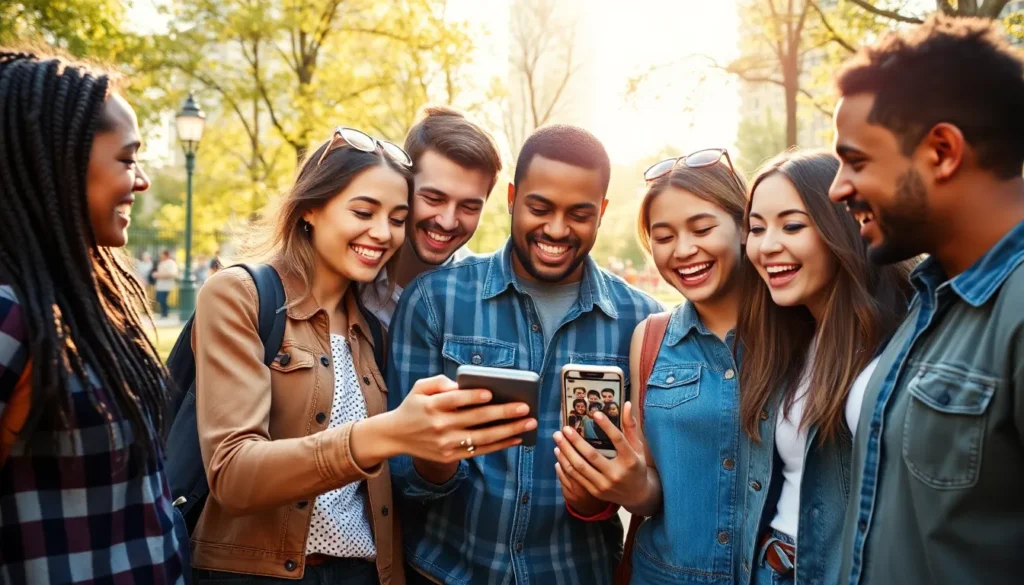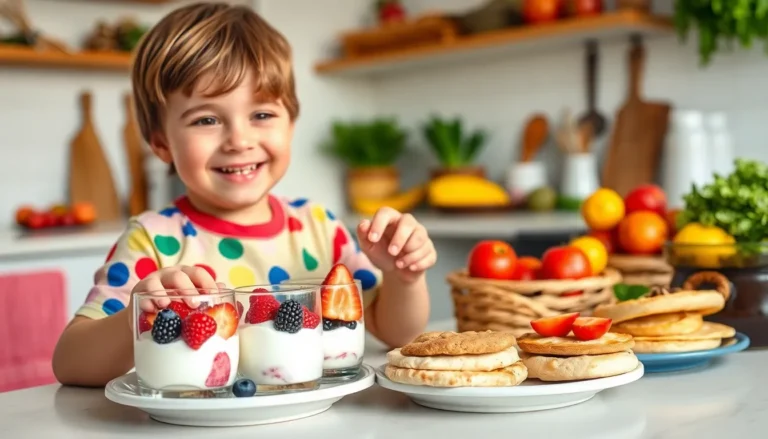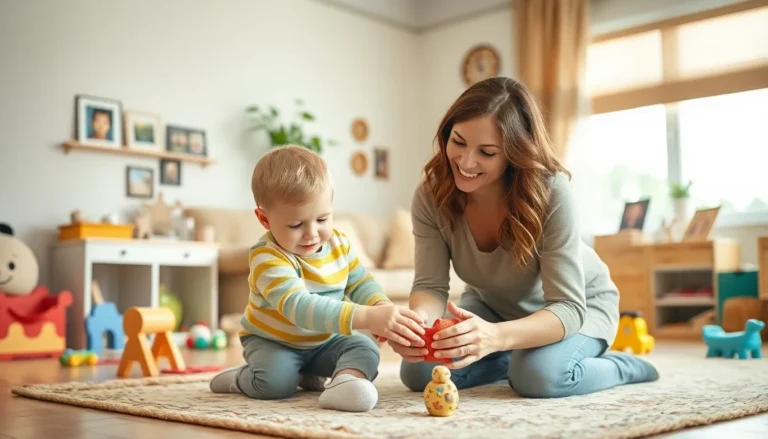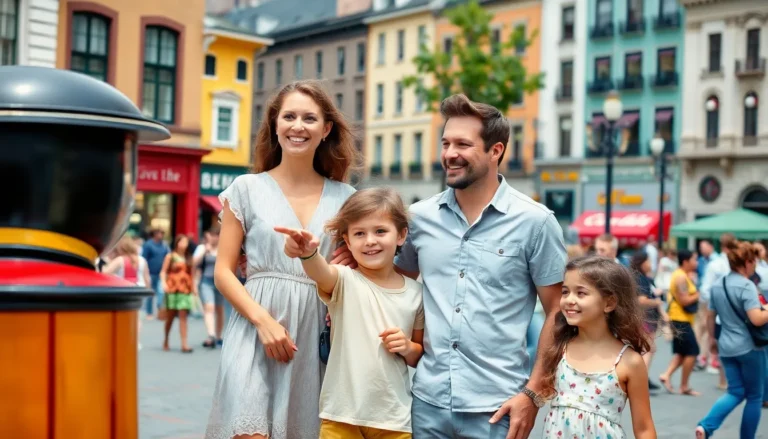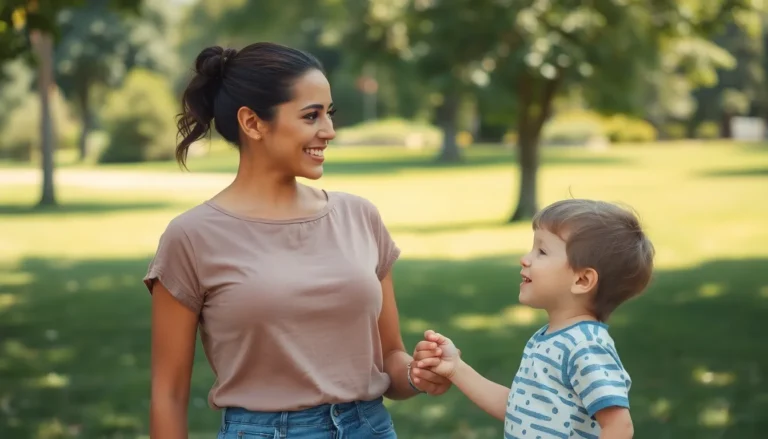Table of Contents
ToggleHumor is a universal language that transcends cultural boundaries, and images often play a pivotal role in conveying that humor. The phrase “le hace gracia la imagen” captures a moment when a visual evokes laughter or amusement. Whether it’s a funny meme or a cleverly staged photograph, these images resonate with people, sparking joy and connection.
In today’s digital age, sharing amusing visuals has become a common way to engage with others. Social media platforms thrive on content that makes people smile, and understanding what makes an image funny can enhance communication and creativity. This article explores the nuances behind why certain images tickle our funny bones and how they foster shared experiences in an increasingly interconnected world.
Overview of “Le Hace Gracia La Imagen”
The phrase “le hace gracia la imagen” captures the essence of humor derived from visual stimuli. Humor plays a significant role in communication, creating bonds through laughter. Images that evoke laughter often possess specific characteristics, such as absurdity, contrast, or surprise. Memes, for instance, exemplify this concept by blending relatable content with comedic visuals, making them shareable across various social media platforms.
In the digital landscape, sharing humorous images fosters connections and encourages engagement among users. These images tend to provoke reactions that span emotions and thoughts, prompting individuals to share or comment. Cultural references within these visuals can influence their impact, illustrating how humor often relies on shared knowledge or experiences.
The effectiveness of humorous images lies in their ability to transcend language barriers. A well-crafted image can resonate with diverse audiences, highlighting universal themes of humor. “Le hace gracia la imagen” embodies the power of laughter in visual communication, providing an avenue for people to connect, share, and enjoy moments of amusement in an increasingly interconnected world.
Cultural Significance
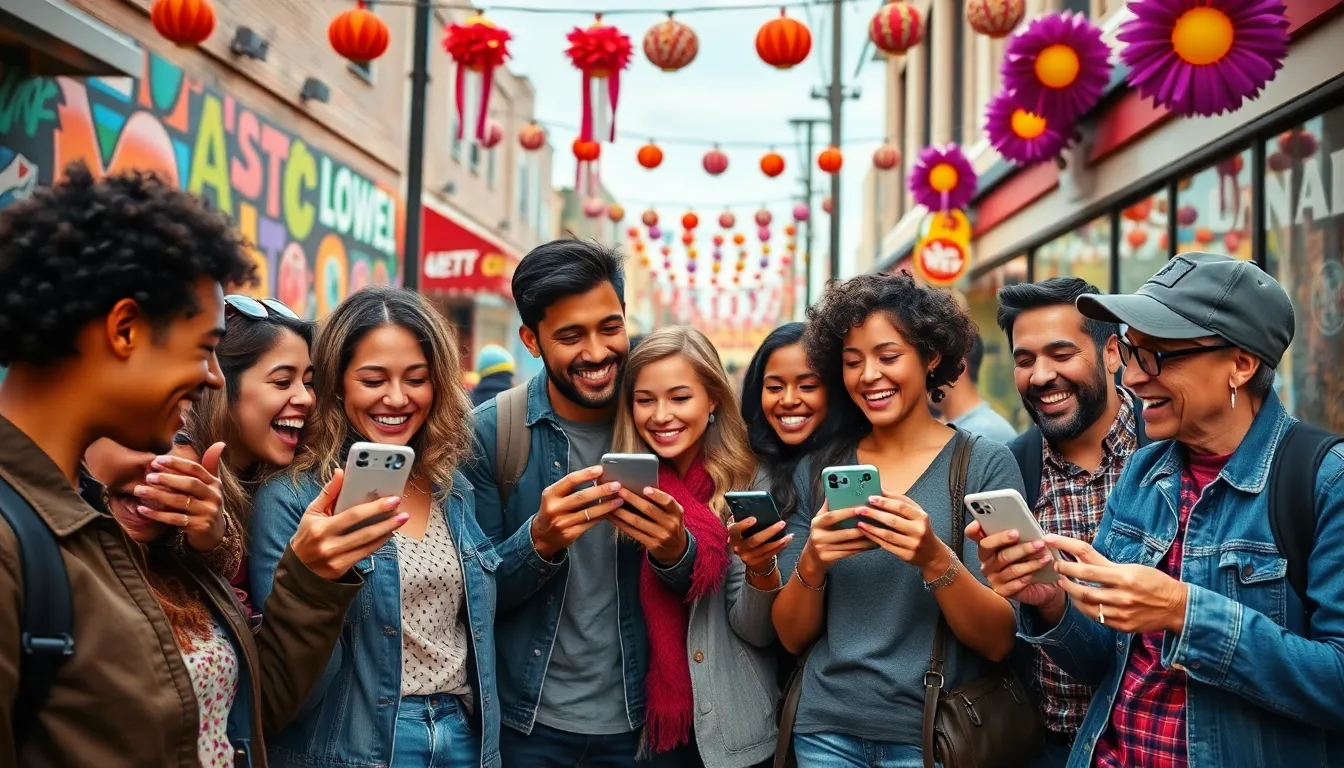
Humor plays a vital role in culture through visual representation, influencing social connections and artistic expression. The phrase “le hace gracia la imagen” encompasses the joy elicited by amusing visuals, underscoring their value across various cultural contexts.
Impact on Social Media
Humorous images significantly shape social media interactions. Users share memes, GIFs, and funny photos, enabling them to express emotions and connect with others. Memes often serve as cultural touchstones, reflecting shared experiences and current events. This exchange fosters a sense of community and belonging, as individuals find humor in common situations. Platforms like Instagram, Twitter, and Facebook thrive on content that generates laughter, revealing humor’s essential role in digital communication and interpersonal relationships.
Representation in Art
Art has historically used humor to engage audiences and deliver commentary on societal issues. Visual artists incorporate elements of absurdity and wit, inviting viewers to reflect on deeper meanings. Contemporary art often features humorous imagery, creating a dialogue that resonates with diverse audiences. For instance, artists like Banksy use satire to critique political and social norms, drawing attention while eliciting laughter. This blend of humor and artistry enriches cultural dialogue, proving that laughter, like art, transcends barriers and fosters understanding among people.
Psychological Aspects
Humor in imagery elicits various psychological reactions, influencing how individuals connect with each other and their environments. Understanding the psychological aspects of humor leads to insights into its relatability and emotional responses.
Humor and Relatability
Relatability plays a crucial role in the effectiveness of humorous images. When audiences recognize their experiences in visual content, they tend to react positively. Images that reflect common situations or shared cultural moments foster connections among individuals, enhancing the humor’s impact. For instance, memes that portray familiar struggles or everyday scenarios resonate deeply with viewers, reinforcing bonds among those who share similar experiences. Research indicates that relatability enhances humor appreciation, as it validates shared understandings and collective identities.
Emotional Responses
Emotional responses to humorous images range from joy to surprise, significantly impacting social interactions. Laughter, often triggered by absurdity or unexpected elements in imagery, promotes feelings of happiness and relaxation. These reactions can lead to increased social bonding, as laughter serves as a powerful social signal that encourages group cohesion. Moreover, humor can act as a coping mechanism, allowing individuals to navigate stress or discomfort through shared laughter. Studies demonstrate that humor enhances mood and encourages empathy, establishing a supportive atmosphere in social settings. Engaging with humorous visuals thus influences emotional well-being and fosters stronger interpersonal connections.
Examples and Case Studies
Humorous images significantly impact social interactions and emotional connections. Below are examples illustrating the effectiveness of humor in imagery through popular memes and viral images.
Popular Memes
Memes frequently evolve to reflect current trends, cultural references, or shared experiences. For instance, the “Distracted Boyfriend” meme portrays a man looking at another woman while his girlfriend looks on disapprovingly. This image exemplifies absurdity and relatability, resonating with audiences across various contexts, such as relationships or preferences. Regarding metrics, memes like this generate millions of shares and comments, showcasing their widespread appeal and influence on communication.
Other notable examples include the “Is This a Pigeon?” meme, featuring a character mistaking a butterfly for a pigeon. This image has been adapted to comment on various misconceptions or misunderstandings, demonstrating the versatility of meme formats. Over the years, these memes have amassed significant engagement, reaching various demographics on platforms like Twitter and Instagram.
Viral Images
Viral images often evoke laughter through unexpected scenarios or visual contrasts. An example includes the “Woman Yelling at a Cat” image, showing a woman shouting at a table where a confused-looking cat sits. This juxtaposition generates humor by presenting an everyday scenario alongside an absurd moment, leading viewers to create their own interpretations and captions. Such images often attain viral status, achieving millions of views within days.
Images with cultural references also amplify humor’s reach, like the “Hide the Pain Harold” meme, featuring a man with a strained smile amidst discomfort. This image resonates with individuals facing social awkwardness or dissatisfaction, reinforcing shared experiences. The combination of image quality and relatability typically drives viral engagement, making these images a staple in online communication.
Humor through imagery plays a vital role in fostering connections and enhancing emotional well-being. The phrase “le hace gracia la imagen” encapsulates the joy derived from funny visuals that resonate across cultures. As individuals share memes and humorous images online they not only entertain but also build a sense of community.
The effectiveness of these visuals lies in their relatability and the shared experiences they evoke. By understanding the nuances of humor in imagery people can appreciate its power to bridge gaps and create bonds. Engaging with these humorous visuals enriches social interactions and contributes to a supportive atmosphere where laughter thrives.

